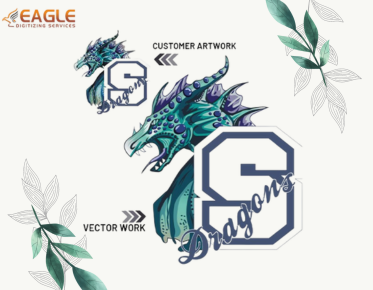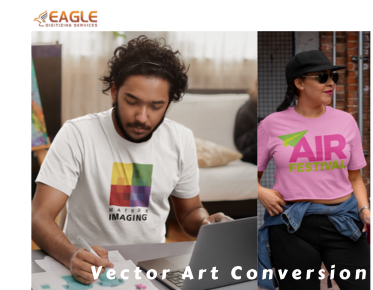Understanding Screen Printing: A Comprehensive Guide
html
Screen printing, also known as silkscreen printing, is a versatile and widely used printing technique that involves transferring ink onto a substrate through a mesh screen. This method is renowned for its ability to produce vibrant colors and intricate designs on a variety of materials, making it a popular choice for creating custom apparel, posters, and promotional items.
The History and Evolution of Screen Printing
The origins of screen printing can be traced back to ancient China, where it was initially used for printing patterns on fabric. Over the centuries, the technique spread to other parts of Asia and eventually to Europe, where it gained popularity in the early 20th century. The introduction of synthetic materials and advancements in technology have significantly enhanced the efficiency and precision of screen printing, allowing for more complex and detailed designs.
Traditional Techniques and Modern Innovations
Traditional screen printing involves creating a stencil, or screen, for each color in the design. The screen is then placed over the substrate, and ink is pushed through the mesh using a squeegee. This process is repeated for each color, resulting in a multi-layered image. Modern innovations, such as automated presses and digital screen printing, have streamlined the process, enabling faster production times and greater consistency.
Materials and Equipment Used in Screen Printing
Screen printing requires several key materials and pieces of equipment, including screens, squeegees, inks, and substrates. Screens are typically made from polyester or nylon mesh stretched over a frame, while squeegees are used to apply pressure and distribute ink evenly across the screen. Inks come in various formulations, including water-based, plastisol, and discharge inks, each offering unique properties and effects. Substrates can range from textiles and paper to glass and metal, providing endless possibilities for creative expression.
Choosing the Right Ink and Substrate
The choice of ink and substrate is crucial in achieving the desired outcome in screen printing. Water-based inks are ideal for soft, breathable prints on textiles, while plastisol inks offer durability and vibrant colors. Discharge inks are used to create soft prints on dark fabrics by removing the dye from the material. When selecting a substrate, factors such as texture, color, and intended use should be considered to ensure optimal results.
Applications and Benefits of Screen Printing
Screen printing is a versatile technique with a wide range of applications, from custom t-shirts and posters to signage and promotional products. Its ability to produce bold, long-lasting prints makes it a preferred choice for businesses and individuals seeking high-quality, customized items. Additionally, screen printing is cost-effective for large production runs, making it an attractive option for bulk orders.
Advantages Over Other Printing Methods
Compared to other printing methods, such as digital printing and heat transfer, screen printing offers several advantages. It provides superior color vibrancy and durability, making it ideal for outdoor and high-wear applications. Screen printing also allows for a wide range of special effects, such as metallic and glow-in-the-dark inks, which can enhance the visual appeal of the final product.
Challenges and Considerations in Screen Printing
While screen printing offers numerous benefits, it also presents certain challenges and considerations. The setup process can be time-consuming, particularly for designs with multiple colors, and requires a high level of skill and precision. Additionally, the environmental impact of screen printing, particularly the use of chemical inks and cleaning agents, is a growing concern. Many screen printers are adopting eco-friendly practices, such as using water-based inks and recycling materials, to minimize their environmental footprint.
Future Trends in Screen Printing
The screen printing industry is continually evolving, with new technologies and techniques emerging to meet the demands of modern consumers. Digital screen printing, which combines traditional screen printing with digital technology, is gaining popularity for its ability to produce high-resolution images with greater efficiency. Additionally, the rise of sustainable and eco-friendly practices is driving innovation in ink formulations and production processes, paving the way for a more environmentally conscious future.
As the screen printing industry continues to evolve, businesses and individuals alike are exploring new ways to leverage this versatile technique for creative expression and commercial success. Whether you're a seasoned professional or a newcomer to the world of screen printing, understanding the intricacies of this art form can open up a world of possibilities for your next project.
For those interested in exploring professional vector art services, Eagle Digitizing excels in delivering professional vector art services, transforming creative visions into scalable designs.



.png)